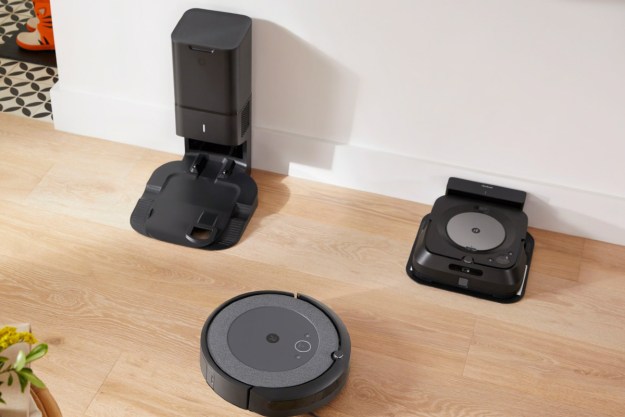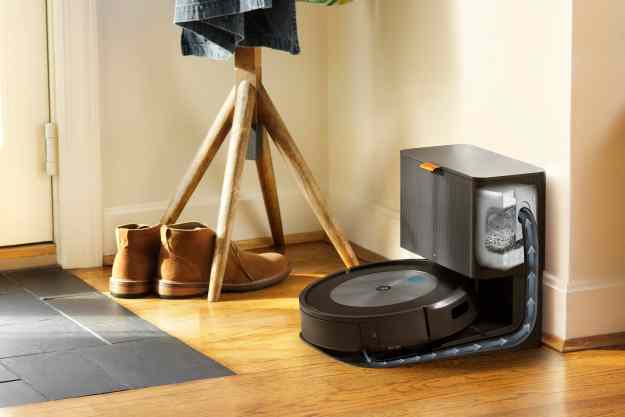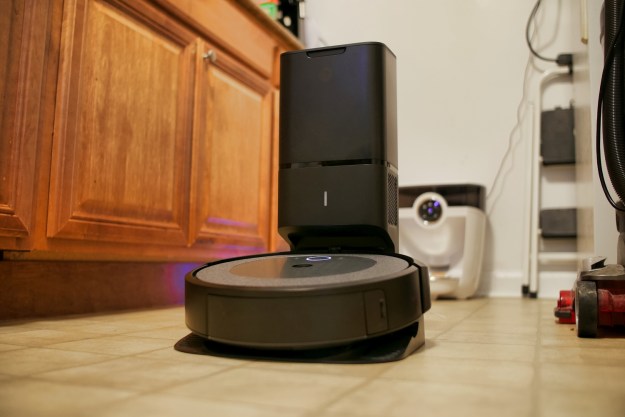
Dyson has always been on the cutting edge of vacuum technology, with heaps of premium vacuums filling the pages of its product catalog. Now, the company seems to be branching out to the world of augmented reality, with the reveal of Dyson CleanTrace — a new feature on the MyDyson mobile app that shows you all the spots in your home that are yet to be cleaned.
Using Dyson CleanTrace is simple, though it comes with pretty strict limitations. For one, it only works with the expensive Dyson Gen5detect cordless vacuum. It also requires a smartphone with a lidar scanner (like an iPhone 15) and a special clamp to attach your phone to the vacuum (which is yet to receive a price tag). With all that out of the way, you’ll then be able to launch the MyDyson app and access the CleanTrace feature for free when it arrives in June.
As you vacuum your home, your Gen5detect will leave behind a purple trail that’s visible on the mobile app, giving you visual confirmation of the areas in your home that have been cleaned. Dyson says the goal behind the AR app is to help humans mimic the “methodical cleaning approach of [its] robot vacuums.”
Being able to see where you have and haven’t vacuumed is undoubtedly useful, and it should be a welcome addition to the Gen5detect when it launches this summer.
This isn’t the first attempt by Dyson to help humans clean more like robots vacuums, as the Gen5detect already offers a unique green headlight designed to better illuminate dust lurking on your floor. As you suck up dust and debris, the green glow around the vacuum will gradually become dimmer. Combined with the upcoming CleanTrace feature, it should be easier than ever to get a home that’s perfectly clean.
Dyson hasn’t announced if the feature will roll out to other vacuums, or if it’ll be limited to the Gen5detect. There doesn’t seem to be anything restricting it to just this premium cordless vacuum (other than the required smartphone clamp), so we’re hopeful it’ll branch out to more affordable products in the future. Expect to hear more about a specific release date and pricing for the clamp in the coming months.
Editors' Recommendations
- Dyson’s AR CleanTrace feature ensures a thorough vacuuming session every time
- Ecovacs Deebot X2 Combo vs. Ecovacs Deebot X2 Omni: what’s new on the X2 Combo?
- This 4-in-1 washing machine combo from Eureka cleans almost everything in your home
- Eufy shows off four security cameras and an upcoming robot vacuum
- Roborock shows off highly automated robot vacuums at CES 2024




